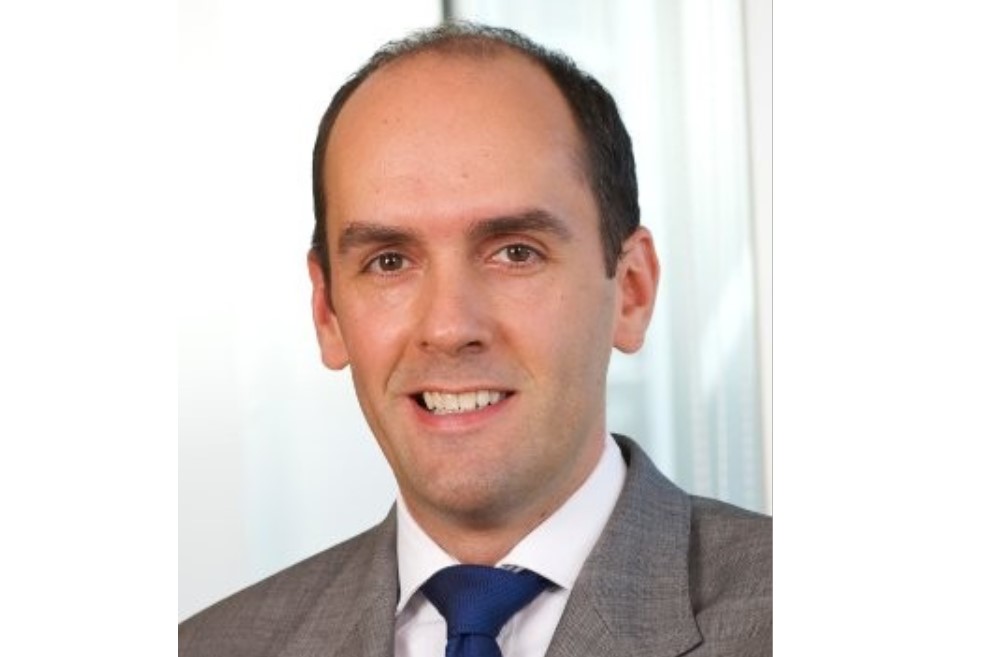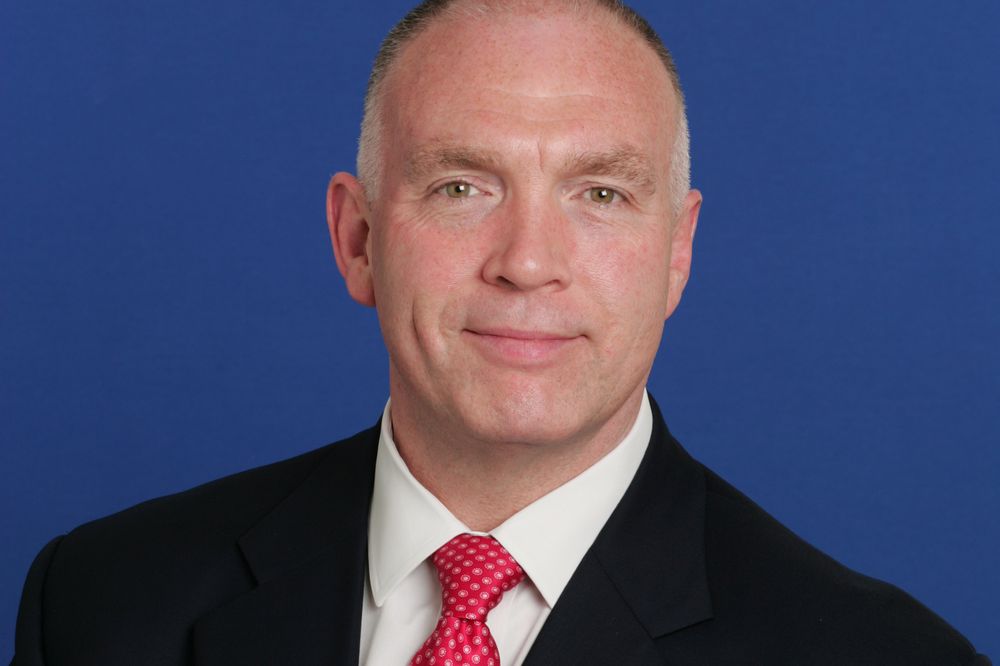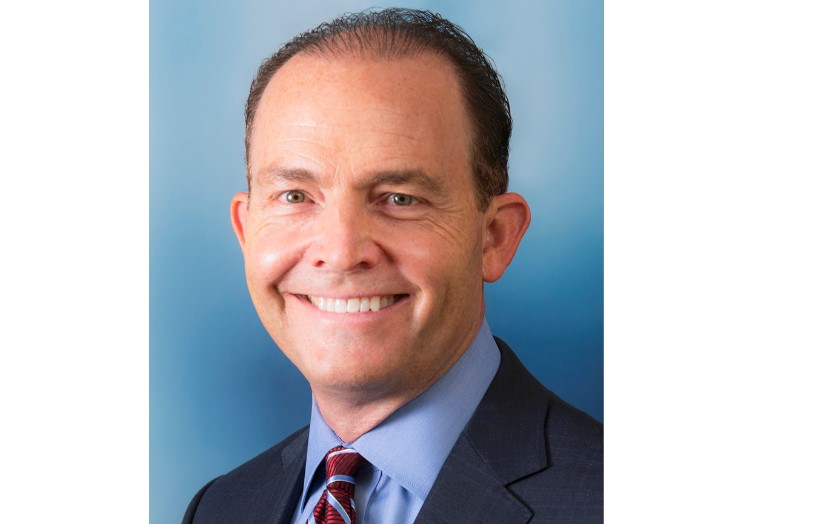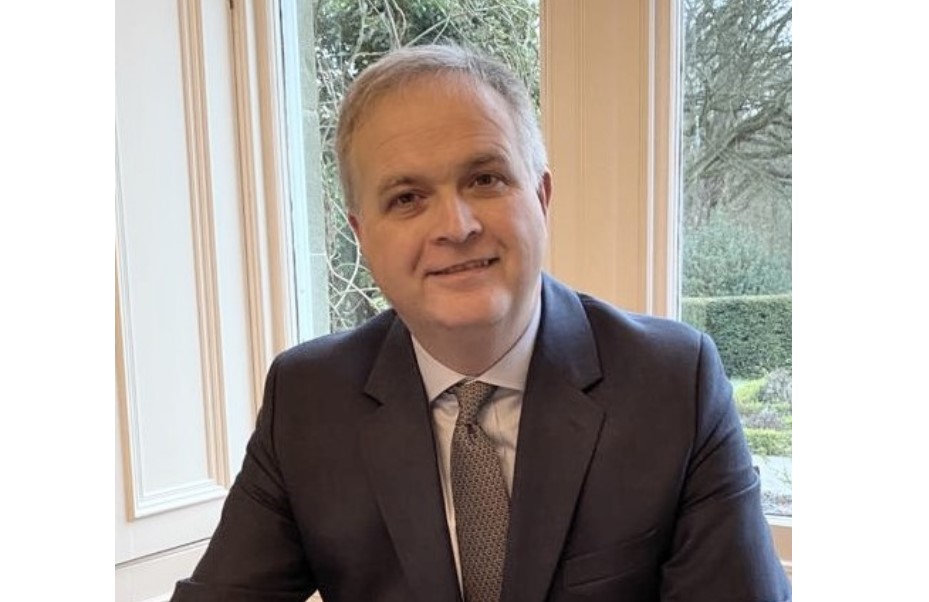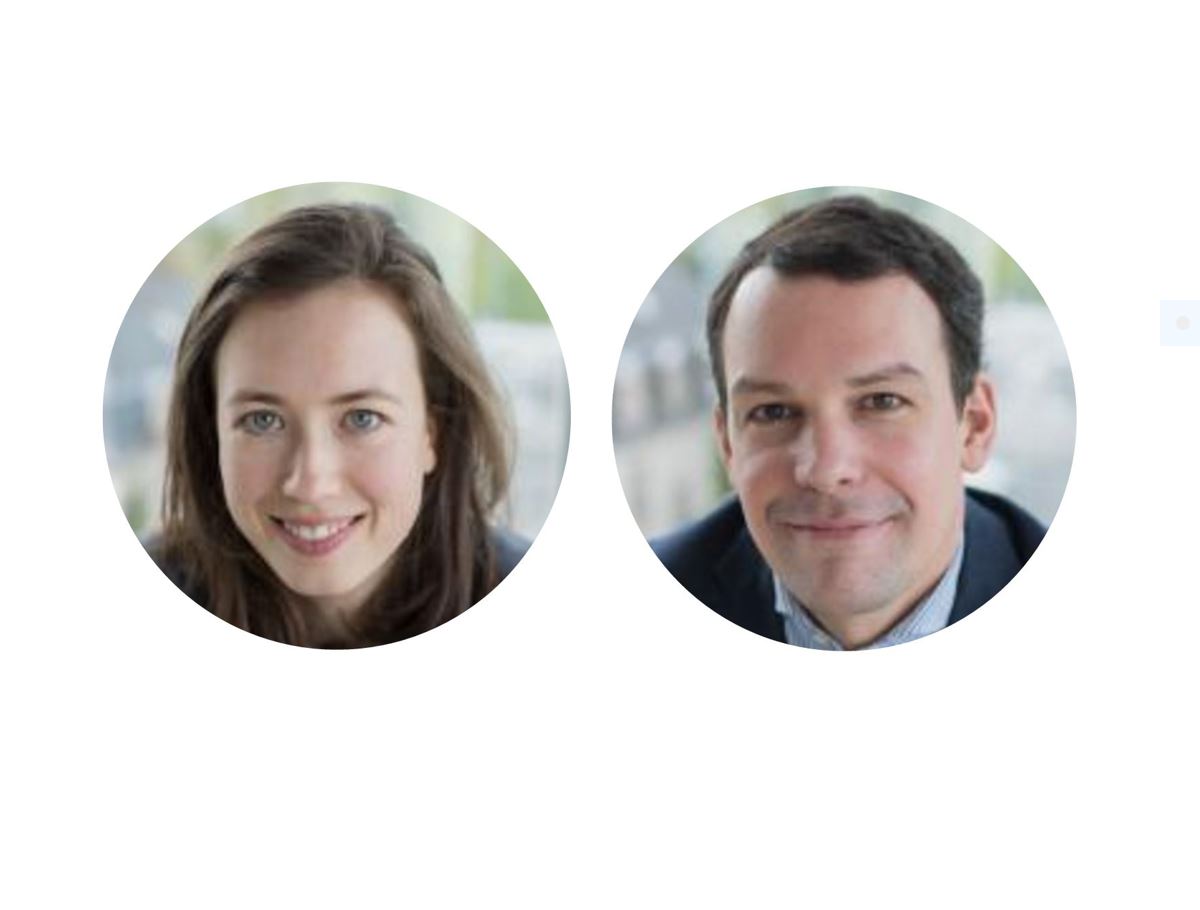Gamco Launches a Convertible Securities Fund
| By Cecilia Prieto | 0 Comentarios

GAMCO Investors, Inc. is pleased to announce the launch this month of the GAMCO Convertible Securities fund, a new sub-fund of GAMCO International SICAV (Luxembourg), managed by Gabelli Funds. The GAMCO Convertible Securities fund offers investors access to one of Gabelli’s core strategies within a UCITS compliant structure, providing daily liquidity via accumulating share classes and a distributing class. We are excited to bring an actively managed fund to the European and Global marketplace that will be dedicated to global convertible securities while factoring in ESG guidelines.
The Fund leverages the firm’s history of investing in dedicated convertible security portfolios since 1979. Multiple share classes will be available at launch and are tailored for Global institutional investors as well as select non-US retail investors. At the onset, the Fund will launch with an institutional founder’s class at a reduced fee.
By actively managing the fund and investing in convertible securities, we seek the opportunity to participate in the capital appreciation of underlying stocks, while at the same time relying on the fixed income aspect of the convertible securities to provide current income and reduced price volatility, which can limit the risk of loss in a down equity market.
The portfollio investments will be in convertible securities, as well as other instruments that have economic characteristics similar to such securities, across global markets (but the fund will not invest in contingent convertible notes). The fund may invest in securities of any market capitalization or credit quality, including up to 100% in below investment grade or unrated securities, and may from time to time invest a significant amount of its assets in securities of smaller companies. Convertible securities may include any suitable convertible instruments such as convertible bonds, convertible notes or convertible preference shares. The strategy remains robust as the convertible markets continue to provide a strong flow of new issuances as well as attractive investment opportunities.
What is going on in the convertible market?
Global converts, as represented by the ICE BofA G300 Global Convertibles Index, increased another 5.4% in December. Global CBs added 32.6% in 2020, the best year for global CBs since 2009 on an absolute total return basis, ahead of each global stocks, High Yield and IG bonds.
In December 2020 CB issuance maintained its record pace as $12.6bn was priced globally, well-above the historical average for the month of December. While all regions were active last month, the US primary market saw the most volume as $8.1bn was priced, topped by the $2.0bn offering from Dish Network and $1.15bn offering from Uber. As of year-end, $158.6bn of new CB paper was launched globally, the most in a year since 2007 when nearly $163bn came to market. Of this, the US saw $105.8bn, just shy of 2001’s $106.4bn record, while Europe, Asia, and Japan saw $31.1bn (the most since 2009), just under $20.0bn (the most since 2007), and $1.7bn, respectively.
With the surge in net-new issuance discussed above and the impact of very strong CB performance last year, the global market ended 2020 with a $509bn market value, the most it’s been since May 2008. Regionally, the US has reached $351bn, also its largest size since 2008, with Europe at $89bn, Asia $54bn, and Japan $15bn. Europe’s size is now its largest since 2014, while Asia’s is its best since 2008. In contrast, given its lackluster returns and negative net-new supply, Japan was the only region to contract in 2020.
Top-performing pockets of the global CB market in 2020 were generally high growth, high delta, large-cap, tech, and consumer discretionary, mostly in the US and Asia. Overall, Asian equity alternatives (deltas above 0.8) were the top-performing regional bucket with a 199% gain, followed by US consumer discretionary (+195%), Asia discretionary (+120%), US HY (+115%), and Asia tech (+104%). As noted earlier, these segments of the market benefitted from the pandemic-driven rally in work-from-home names.
On the other side, the leading underperformers for 2020 included mostly lower-delta energy, transportation, and small-caps, mainly from Japan and Europe, though notably US energy was the biggest underperformer overall driven by the likes of Chesapeake and Nabors. Behind US energy (-30%) was European energy (-18%), Japan transportation names (-5%), European industrials (-4%), and Japan materials (-4%).
In our analysis it is clear that a handful of issuers dominated 2020’s large returns, mostly in the US and Asia. In the US, Tesla’s three tranches of CBs contribute about 41% of the US benchmark’s top-line performance, while Microchip, Zillow, Square, and Wayfair made up about 3%, 3%, 3%, and 2%, respectively. In fact the top ten issuers comprised about 61% of the index’s total return. In Asia, the single-issuer trend was even more pronounced as the top three names (the Sea, NIO, and Pinduoduo ADRs) made up 78% of the Asia benchmark’s performance. At the global level, the top CB names in 2020 were Tesla, Sea, NIO, Microchip, and Pinduoduo, which comprised 33%, 6%, 3%, 3%, and 3% of year-to-date returns, respectively.
The portfolio team is concerned that growth names may be a headwind in 2021 if the cyclical shift plays out the way we see hints of in the marketplace. We think that the CB market’s high concentration of growth and tech names, which proved to be a tailwind to performance in 2020 especially in the US and Asia, may become a headwind in 2021 if a cyclical rotation from growth to value persists. We think there is a likelihood of this happening if the economy reopens faster-than-expected and the vaccine optimism endures. Overall we believe the Global Convertible market performance will still achieve the asymmetrical returns we have seen in the past few years.
What should we expect from 2021?
U.S. equities closed 2020 with a December and fourth quarter rally as many stock indices continued to set multiple record highs. All of 2020’s net S&P 500 gain occurred during the second half as the upbeat economic outlook, Covid-19 vaccines, hope for more fiscal stimulus, and the Fed’s big monetary policy easy outweighed the resurgent pandemic. U.S. Senate control and Biden’s agenda prospects await the final outcomes of the two January 5 Georgia runoff elections.
Shares of small cap cyclically sensitive companies should benefit in 2021 as well as companies that will benefit from a long overdue focus on U.S. infrastructure.
The Gabelli stock selection process for researching and investing globally in various ‘Green Energy Wave’ companies and industries is centered on the ‘Environmental’ (E) aspect of the Environmental, Social, and Governance (ESG) framework that is being increasingly applied to companies worldwide. Our Green Team’s belief is that ‘our planet and people’ are essential to the future of Planet Earth. Our ‘Love Our Planet & People’ (LOPP) equity research methodology uses social screens and a holistic “E” overlay that have the potential to deliver enhanced returns by awarding relatively high ratings to selected companies that prioritize environmental sustainability. Low financing costs and improving economics should produce multiple clean energy winners, including select utility stocks, renewable developers, and clean energy equipment suppliers. We expect to see advancements in battery storage technology, grid modernization, green hydrogen, electric-vehicles and charging ports, rooftop solar, and energy efficiency. Substantial amounts of investment capital are needed to transition the global power industry toward a 100% renewable and net zero carbon goal. This is likely to provide long-term revenue and earnings growth for clean energy companies.
GAMCO’s risk arbitrage team expects 2021 merger and acquisition activity to continue the rising trend that started in the second half of 2020. Deals will likely include friendly and hostile, local, cross border, mega and bolt on transactions. Catalysts for industry consolidations and SPAC related deals should set the pace.
______________________________________________________
To access our proprietary value investment methodology, and dedicated merger arbitrage portfolio we offer the following UCITS Funds in each discipline:
GAMCO MERGER ARBITRAGE
GAMCO Merger Arbitrage UCITS Fund, launched in October 2011, is an open-end fund incorporated in Luxembourg and compliant with UCITS regulation. The team, dedicated strategy, and record dates back to 1985. The objective of the GAMCO Merger Arbitrage Fund is to achieve long-term capital growth by investing primarily in announced equity merger and acquisition transactions while maintaining a diversified portfolio. The Fund utilizes a highly specialized investment approach designed principally to profit from the successful completion of proposed mergers, takeovers, tender offers, leveraged buyouts and other types of corporate reorganizations. Analyzes and continuously monitors each pending transaction for potential risk, including: regulatory, terms, financing, and shareholder approval.
Merger investments are a highly liquid, non-market correlated, proven and consistent alternative to traditional fixed income and equity securities. Merger returns are dependent on deal spreads. Deal spreads are a function of time, deal risk premium, and interest rates. Returns are thus correlated to interest rate changes over the medium term and not the broader equity market. The prospect of rising rates would imply higher returns on mergers as spreads widen to compensate arbitrageurs. As bond markets decline (interest rates rise), merger returns should improve as capital allocation decisions adjust to the changes in the costs of capital.
Broad Market volatility can lead to widening of spreads in merger positions, coupled with our well-researched merger portfolios, offer the potential for enhanced IRRs through dynamic position sizing. Daily price volatility fluctuations coupled with less proprietary capital (the Volcker rule) in the U.S. have contributed to improving merger spreads and thus, overall returns. Thus our fund is well positioned as a cash substitute or fixed income alternative.
Our objectives are to compound and preserve wealth over time, while remaining non-correlated to the broad global markets. We created our first dedicated merger fund 32 years ago. Since then, our merger performance has grown client assets at an annualized rate of approximately 10.7% gross and 7.6% net since 1985. Today, we manage assets on behalf of institutional and high net worth clients globally in a variety of fund structures and mandates.
Class I USD – LU0687944552
Class I EUR – LU0687944396
Class A USD – LU0687943745
Class A EUR – LU0687943661
Class R USD – LU1453360825
Class R EUR – LU1453361476
GAMCO ALL CAP VALUE
The GAMCO All Cap Value UCITS Fund launched in May, 2015 utilizes Gabelli’s its proprietary PMV with a Catalyst™ investment methodology, which has been in place since 1977. The Fund seeks absolute returns through event driven value investing. Our methodology centers around fundamental, research-driven, value based investing with a focus on asset values, cash flows and identifiable catalysts to maximize returns independent of market direction. The fund draws on the experience of its global portfolio team and 35+ value research analysts.
GAMCO is an active, bottom-up, value investor, and seeks to achieve real capital appreciation (relative to inflation) over the long term regardless of market cycles. Our value-oriented stock selection process is based on the fundamental investment principles first articulated in 1934 by Graham and Dodd, the founders of modern security analysis, and further augmented by Mario Gabelli in 1977 with his introduction of the concepts of Private Market Value (PMV) with a Catalyst™ into equity analysis. PMV with a Catalyst™ is our unique research methodology that focuses on individual stock selection by identifying firms selling below intrinsic value with a reasonable probability of realizing their PMV’s which we define as the price a strategic or financial acquirer would be willing to pay for the entire enterprise. The fundamental valuation factors utilized to evaluate securities prior to inclusion/exclusion into the portfolio, our research driven approach views fundamental analysis as a three pronged approach: free cash flow (earnings before, interest, taxes, depreciation and amortization, or EBITDA, minus the capital expenditures necessary to grow/maintain the business); earnings per share trends; and private market value (PMV), which encompasses on and off balance sheet assets and liabilities. Our team arrives at a PMV valuation by a rigorous assessment of fundamentals from publicly available information and judgement gained from meeting management, covering all size companies globally and our comprehensive, accumulated knowledge of a variety of sectors. We then identify businesses for the portfolio possessing the proper margin of safety and research variables from our deep research universe.
Class I USD – LU1216601648
Class I EUR – LU1216601564
Class A USD – LU1216600913
Class A EUR – LU1216600673
Class R USD – LU1453359900
Class R EUR – LU1453360155
GAMCO CONVERTIBLE SECURITIES
GAMCO Convertible Securities’ objective is to seek to provide current income as well as long term capital appreciation through a total return strategy by investing in a diversified portfolio of global convertible securities.
The Fund leverages the firm’s history of investing in dedicated convertible security portfolios since 1979.
The fund invests in convertible securities, as well as other instruments that have economic characteristics similar to such securities, across global markets (but the fund will not invest in contingent convertible notes). The fund may invest in securities of any market capitalization or credit quality, including up to 100% in below investment grade or unrated securities, and may from time to time invest a significant amount of its assets in securities of smaller companies. Convertible securities may include any suitable convertible instruments such as convertible bonds, convertible notes or convertible preference shares.
By actively managing the fund and investing in convertible securities, the investment manager seeks the opportunity to participate in the capital appreciation of underlying stocks, while at the same time relying on the fixed income aspect of the convertible securities to provide current income and reduced price volatility, which can limit the risk of loss in a down equity market.
Class I USD LU2264533006
Class I EUR LU2264532966
Class A USD LU2264532701
Class A EUR LU2264532610
Class R USD LU2264533345
Class R EUR LU2264533261
Class F USD LU2264533691
Class F EUR LU2264533428
Disclaimer:
The information and any opinions have been obtained from or are based on sources believed to be reliable but accuracy cannot be guaranteed. No responsibility can be accepted for any consequential loss arising from the use of this information. The information is expressed at its date and is issued only to and directed only at those individuals who are permitted to receive such information in accordance with the applicable statutes. In some countries the distribution of this publication may be restricted. It is your responsibility to find out what those restrictions are and observe them.
Some of the statements in this presentation may contain or be based on forward looking statements, forecasts, estimates, projections, targets, or prognosis (“forward looking statements”), which reflect the manager’s current view of future events, economic developments and financial performance. Such forward looking statements are typically indicated by the use of words which express an estimate, expectation, belief, target or forecast. Such forward looking statements are based on an assessment of historical economic data, on the experience and current plans of the investment manager and/or certain advisors of the manager, and on the indicated sources. These forward looking statements contain no representation or warranty of whatever kind that such future events will occur or that they will occur as described herein, or that such results will be achieved by the fund or the investments of the fund, as the occurrence of these events and the results of the fund are subject to various risks and uncertainties. The actual portfolio, and thus results, of the fund may differ substantially from those assumed in the forward looking statements. The manager and its affiliates will not undertake to update or review the forward looking statements contained in this presentation, whether as result of new information or any future event or otherwise.

